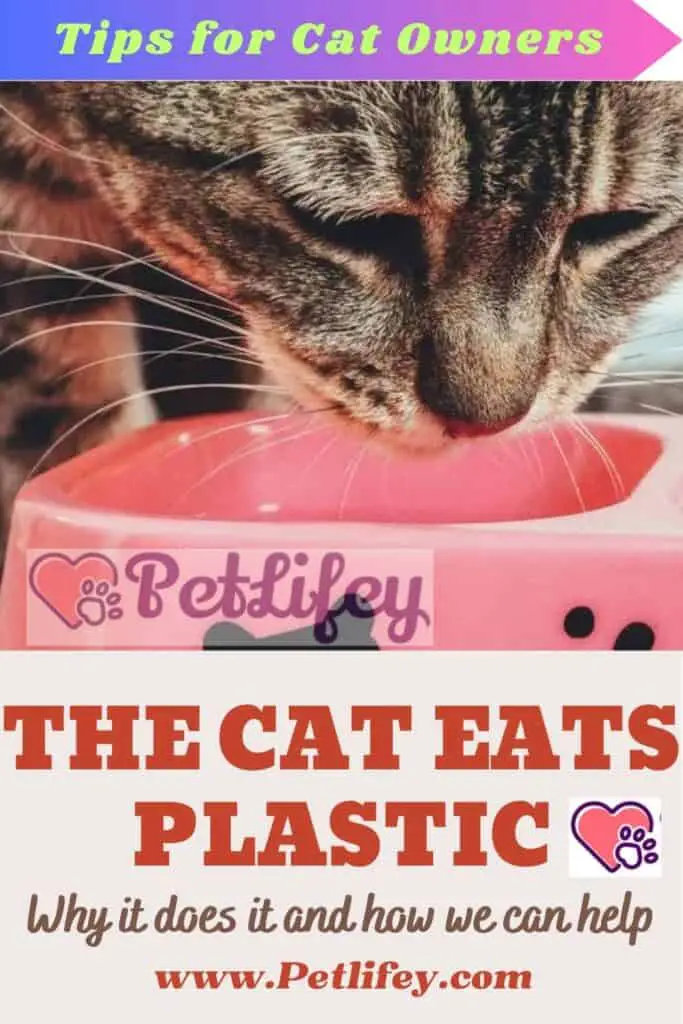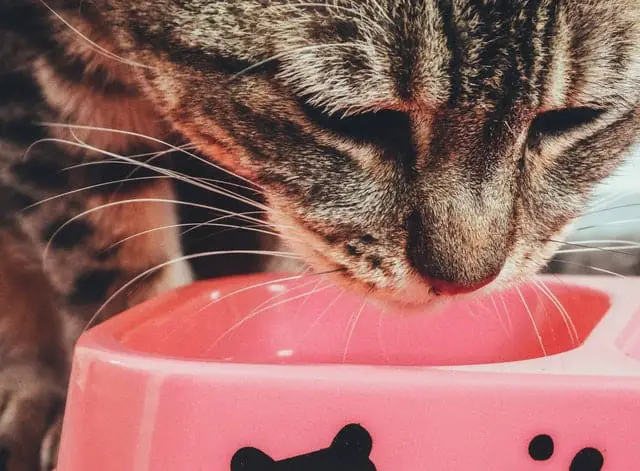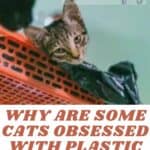
Why does cat eat plastic? There are many possible reasons, but sooner or later his curiosity will make him a victim of himself.
The domestic cat has given up most of its wild forms for a comfortable life with humans. A look at the cat’s teeth , however, quickly reminds us that the cat hasn’t lost the ability to bite and chew, just like their wild cousins.
What it does with those teeth can be dangerous to all kinds of objects in our home and even to the cat itself, if the favorite tasting item becomes plastic. The cat is also a curious predator and although it does not need it, living a comfortable life at home.
The cat is always a hunter, looking for food and much more. It is known that it scratches: chairs, furniture, sharpens its teeth against our objects, but why does the cat eat plastic?
The cat eats plastic: the causes
Chewing on plastic and other materials for boredom is very common in the cat who lives in apartments and does not have access to the outside, as well as for the cat who has no other animal companions to play with.
The cat is a much more sensitive animal than it seems, and any change in its routine can lead to trauma, to the point of cat depression and anxiety. Furthermore, it should not be underestimated that even as for the dog, the cat also needs the right food and exercise.
There are many reasons why a cat eats plastic, they are:
- Boredom: Since he has nothing better to do, he starts chewing the plastic.
- The peculiar sound that plastic makes when we handle it is another reason why cats love to play with it and, unfortunately, sometimes lick and even swallow it.
- Tastes Pleasant: There are some plastics that have a taste that the cat likes.
- Anxiety or Stress: The cat with anxiety problems tries to calm her down in strange things. This behavior is also found in people who try to get rid of this anxiety with tobacco or whatever calms their condition. Nervousness can also cause these reactions. Licking plastic for a cat can be similar to a human chewing their hair or gnawing their nails – a nervous tic.
- Try to brush your teeth – sometimes he might just try to clean them.
- Cat Gum Massage: If for any reason your cat experiences discomfort in the gums, seek relief by chewing on the plastic.
- Aid digestion: When he eats a lot more than he is usually used to, try to lick or chew the plastic without swallowing it to relieve the feeling of heaviness in the stomach. And this is how digestive enzymes get to that organ a little faster, so that food starts digesting sooner.
- Pica disorder in cats: if you have noticed that the cat was trying to eat cables, cords, ropes (read well: eat-do not play) you must be careful, as this behavior occurs when the kitten feels the need to feed on inedible objects when you feel nutritional deficiency in your food (such as minerals and fiber). For this compulsive eating disorder, a veterinary consultation is required so that with professional accompaniment, you can find a food that meets your cat’s needs and thus avoid such negative behavior.
The cat eats plastic: what can happen
However, if you see your friend eating plastic, it’s important not to let it pass. It is not normal to do this, and in fact it can be very harmful, since it could choke or end up having difficulty breathing, so it is best to consult your vet.
Eating plastic is a behavior that should never be ignored, because not only do you run the risk of drowning the cat with the piece, but the material can also be rolled up in its stomach, which would eventually kill it.
How to help the feline

Try to observe the cat, examine their behavior for a while and go to the vet so that together you can determine what could be triggering this problem in the cat.
Check the food you provide him, if it is right for his weight, age, take him to check his teeth too, try to determine if you provide the right stimuli that are not stressful for him. Replace his food bowls with metal or ceramic containers for food and water.
Try to have fun and play time. About 10 minutes in the morning and the same in the evening before bedtime. In addition to strengthening emotional bonds, these moments of fun will avoid anxiety and boredom.






